We’d Better Figure This Out
My friend, Nathan Chappell, and I were chatting recently when we told me about a scary statistic. He shared that the number of households making a gift is down again. Any household making just a single gift (or more) to a nonprofit. The number----just 45.7% of households annually give to charity.
This shouldn’t be a surprise. I talk about it all of the time with clients, at conferences, at training sessions, etc. The reason it isn’t astounding…this has been the trend the last 20-plus years.
Over the past two decades, this percentage has decreased from approximately two-thirds to less than half. This trend suggests a diminishing culture of generosity among the general populace.
Several factors contribute to this decline. Economic challenges, such as rising living costs and stagnant wages, have constrained disposable incomes, making charitable donations less feasible for many families. Additionally, a decrease in religious affiliation has impacted giving, as religious institutions have traditionally been significant recipients of charitable contributions.
Demographic shifts also play a role. Younger generations, burdened with student debt and high housing costs, are less likely to donate to traditional nonprofits. Instead, they often prefer direct giving methods or support mutual aid networks, reflecting a shift in how generosity is expressed.
Despite these trends, overall charitable giving in the U.S. has seen fluctuations. In 2023, total charitable donations amounted to $557.16 billion, representing a 1.9% increase in current dollars from the previous year. However, when adjusted for inflation, this reflects a 2.1% decrease.
This apparent paradox is explained by an increasing concentration of donations from high-net-worth individuals and foundations. While the number of donating households has declined, substantial contributions from affluent donors have sustained, and in some cases increased, the total dollar amount of charitable giving. This shift raises concerns about the overreliance on wealthy benefactors and the potential implications for the diversity and stability of funding across the nonprofit sector.
All of this effects how nonprofit organizations allocate their resources, change their annual/campaign specific gift tables, plan for campaigns, partner with referring agents (board members, physicians, key volunteers, executive leaders, etc.), and much, much more. My greater concern is what happens when the philanthropists at the top of annual giving decisions decided to pull back? What do nonprofits do then?
I wish I had better answers. But the one consistent conclusion I come to is that we all better pay attention to this trend… and adjust where possible.


